3,99€ to 20,99€ - depending on selection incl. german VAT
399,00€ – 20,99€ / 1000 Ml
incl. VAT but plus freigth, see list
lactic acid 21% dextrorotatory, aqueous solution
delivery time in DE: Max. 3 days within DE - others see shipping costs
product contains: 1000 Ml
SKU: MilchS Categories: Acids, Activators/Acids, Lactic acid 21% Tags: Lactic acid activator, Activator, lactic acid, Lactic acid 21%., right-turning lactic acid
Attention
Hazard and safety instructions:
Causes serious eye damage. Causes skin irritation. Wear protective gloves/protective clothing/eye protection/face protection. In CONTACT WITH THE SKIN: Wash with plenty of water. IF IN EYE CONTACT: Rinse gently with water for several minutes. Remove contact lenses if possible. Continue rinsing.
Lactic acid 21 % right turning
This lactic acid is also known as 2-hydroxypropanoic acid. It is an organic acid which occurs as a metabolic product in plant and animal organisms. Lactic acid, if still pure, is a clear, colourless to slightly yellowish liquid. It tastes sour. The salts of lactic acid are called “lactates”.
How is this lactic acid produced by right-turning 21%?
This right-turning lactic acid in a concentration of 21 % is of organic origin and was obtained naturally. For example, it is formed from various types of sugar by bacteria such as those found in whey, cheese and yogurt.
Carbohydrates such as sugar and starch are converted into lactic acidby lactic acid bacteria. The lactic acid is thus produced by the process of fermentation. This could also be described by the term “fermentation”. In this fermentation process, the bacteria convert the sugar they feed on into lactic acid through their own metabolism. From this point of view, lactic acid is thus produced within the framework of the enzyme-catalyzed metabolism of the lactic acid bacteria. These bacteria include, for example, representatives of the genera Enterococcus, Lactococcus, Pediococcus and Streptococcus.
This lactic acid also contains alpha-hodoxy acids, the so-called “AHA acids”. Incidentally, these are also formed in the human metabolism. This lactic acid is well miscible with ether, water and concentrated alcohol.
No synthetic production
There is also lactic acid on the market, which is not produced naturally but synthetically. This is done by the addition of water to prussic acid. Synthetically produced lactic acid, i.e. produced by water adsorption with hydrogen cyanide (hydrocyanic acid, HCN).
Facts worth knowing about lactic acid
Lactic acid is even contained in mouthwash and other cosmetic products. It is supposed to regulate the skin flora in acne. Furthermore it is known as an aid for the better solubility of chitin powder for the hair. It should also have a firming effect on the skin and bind moisture in it. It is also supposed to stimulate the formation of new skin cells in deeper skin layers and thus eliminate wrinkles. Lactic acid is also used for medical indications. Also in the production of food in bakeries, dairies and winegrowers. It’s even used in sodas and sweets. It is numbered E 270. Beekeepers also use lactic acid for their bee colonies in the fight against the dreaded Varroa mite.
Lactic acid is also used in antibacterial cleaning agents such as liquid soaps and dishwashing detergents. Between a pH value of 3 and a maximum of 5, lactic acid develops its disinfectant properties. It prevents the occurrence of unwanted fungi and bacteria. Some also use this lactic acid as an activator to activate sodium chlorite into chlorine dioxide. Here lactic acid is offered as a pure chemical. It has a pH value of approx. 1.8.
The term ” right-turning lactic acid” explains which direction a polarized light beam takes when irradiating the lactic acid. If it turns to the right, it is a right-rotating lactic acid. If the beam turns to the left, one speaks of left-turning lactic acid.
Some molecules have the ability, due to the structure of their molecules, to rotate radiation (linearly polarized light) by a certain angle.
Use this naturally obtained lactic acid in top quality.
This post is also available in:
 Deutsch (German)
Deutsch (German)  English
English  Español (Spanish)
Español (Spanish)
| Weight | N/A |
|---|---|
| Milliliter | |
| bottle type | Glass bottle DIN18, Glass Bottle PP28, HDPE Bottle, PP bottle, semi-transparent |
Product safety
Manufacturer information
Neue Lebensqualität
Lager DE
Torben Beuthien
Hauptstr. 1
23619 Badendorf DE
service@nlq24.de
Only logged in customers who have purchased this product may leave a review.
Related products
All Products - Overview
399,50€ – 71,50€ / 1000 Ml
incl. VAT
but plus freigth, see list
delivery time in DE: Max. 3 days within DE - others see shipping costs
product contains: 1000 Ml
Without Product Category
CDH3000 LONG (CDL) unactivated for 1000 ml + 2 dosers + 250 ml doser system bottle IEW
36,49€ / 1000 Ml
incl. 19% VAT
but plus freigth, see list
delivery time in DE: Max. 3 days within DE - others see shipping costs
product contains: 1000 Ml
All Products - Overview
61,16€ – 31,49€ / 1000 Ml
incl. VAT
but plus freigth, see list
delivery time in DE: Max. 3 days within DE - others see shipping costs
product contains: 1000 Ml
Acids
359,00€ – 29,99€ / 1000 Piece
incl. VAT
but plus freigth, see list
delivery time in DE: Max. 3 days within DE - others see shipping costs
product contains: 1000 Piece
All Products - Overview
349,50€ – 66,50€ / 1000 Piece
incl. VAT
but plus freigth, see list
delivery time in DE: Max. 3 days within DE - others see shipping costs
product contains: 1000 Piece
All Products - Overview
CDH3000 LONG MS (CDL/CDS) unactivated – activator lactic acid
65,16€ – 32,99€ / 1000 Ml
incl. VAT
but plus freigth, see list
delivery time in DE: Max. 3 days within DE - others see shipping costs
product contains: 1000 Ml
Acids
359,00€ – 29,99€ / 1000 Ml
incl. VAT
but plus freigth, see list
delivery time in DE: Max. 3 days* within DE - others see shipping costs
product contains: 100 Ml

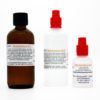
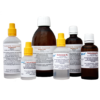
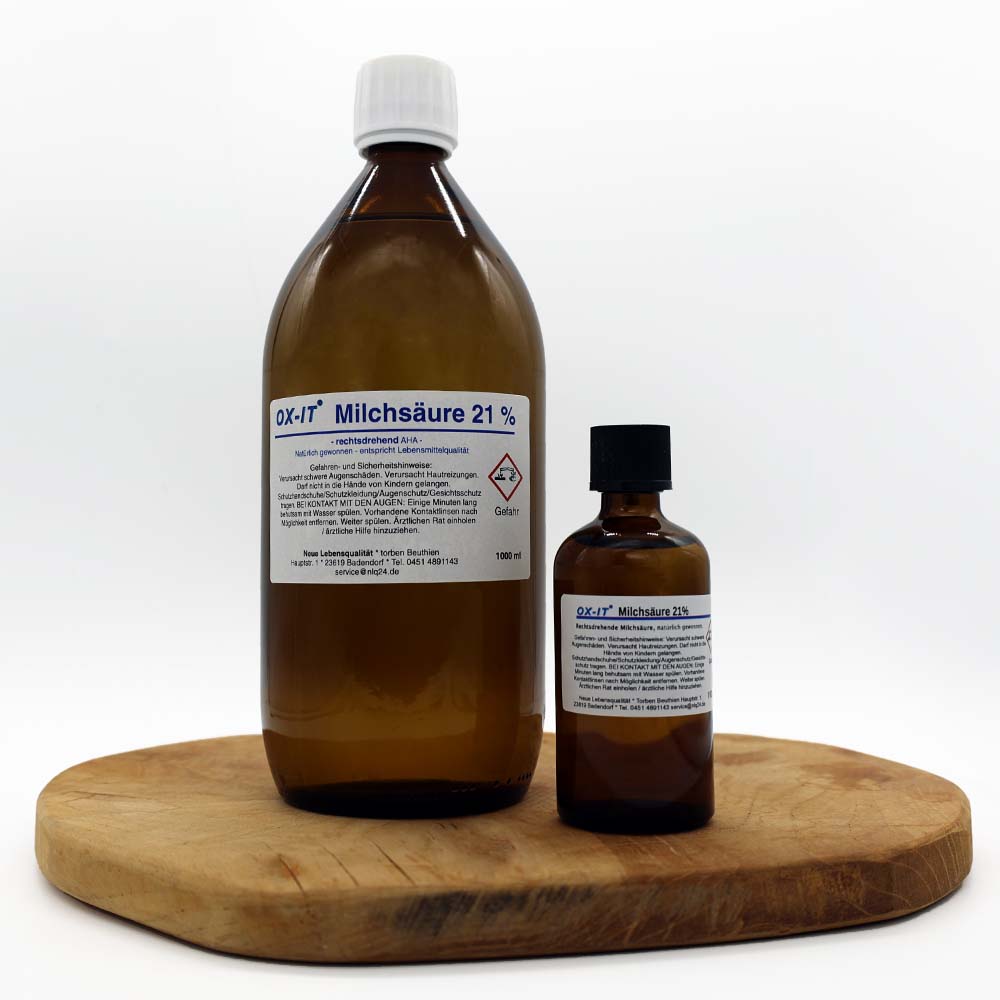

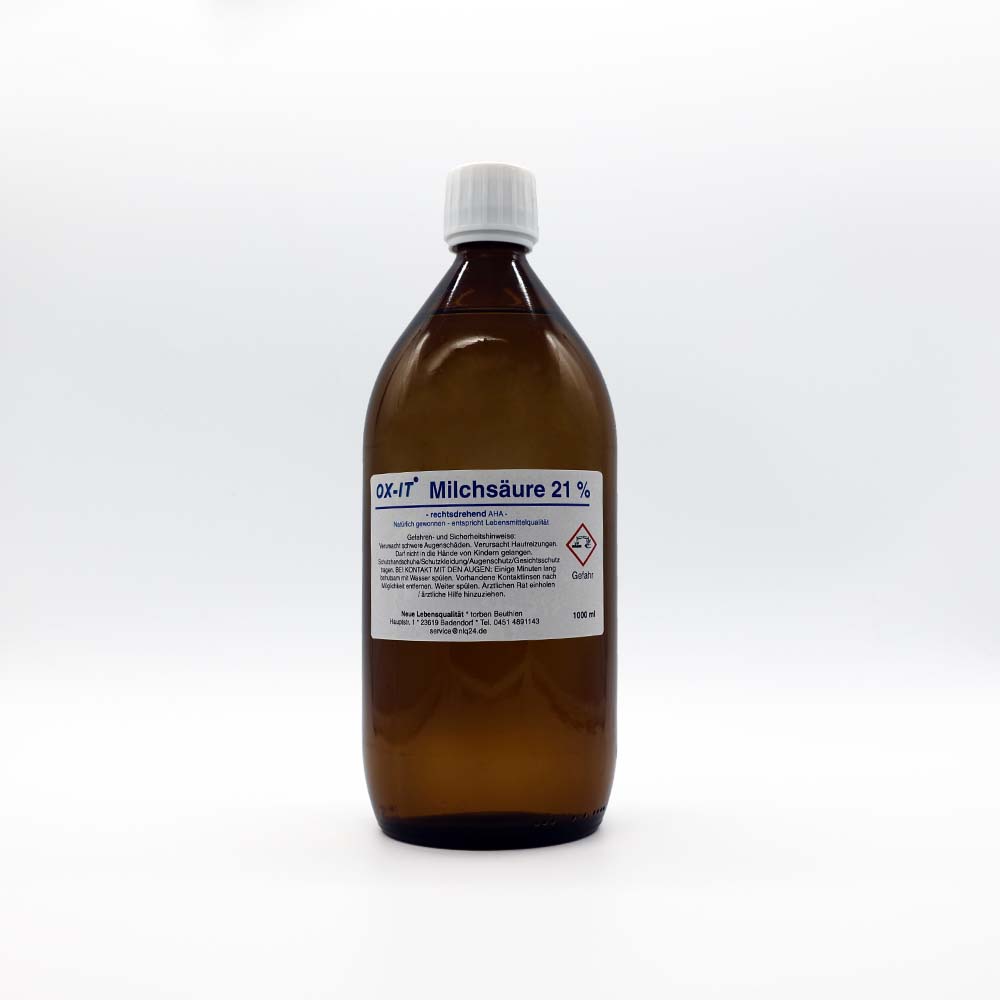


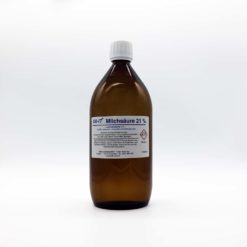
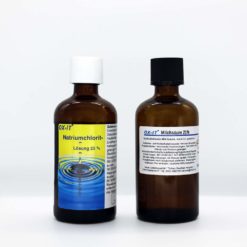
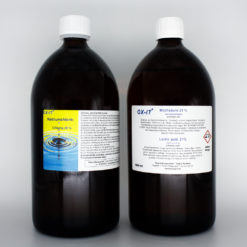
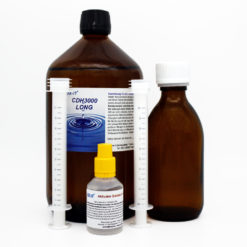
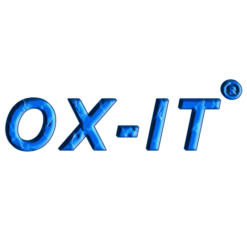
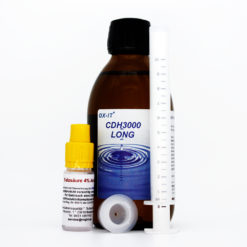
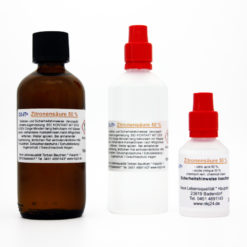
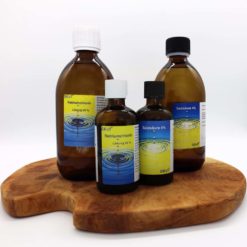
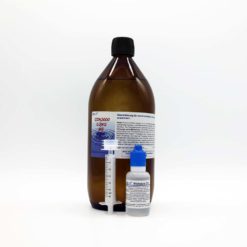
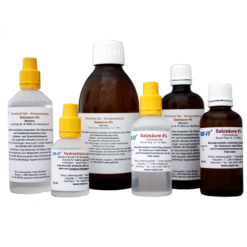
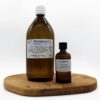
Reviews
There are no reviews yet.